RESEARCHERS
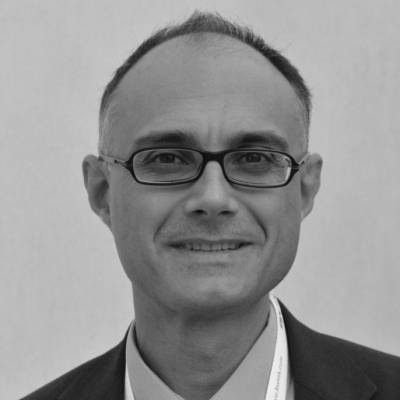
Dr. Marcello Picollo, PhD
IFAC-CNR, Office B148
m.picollo(AT)ifac.cnr.it – 055/522 6360
- ORCID: https://orcid.org/0000-0003-1012-6048
- SCOPUS: https://www.scopus.com/authid/detail.uri?authorId=6701920144
- RESEARCHGATE: https://www.researchgate.net/profile/Picollo-Marcello
- Google Scholar: https://scholar.google.com/citations?view_op=list_works&hl=it&user=giaI1FgAAAAJ
- Web of Science: https://www.webofscience.com/wos/author/record/AAX-6372-2020?state=%7B%7D
Marcello Picollo, PhD in Photonics from the University of Eastern Finland (UEF), Faculty of Science and Forestry, Joensuu (Finland) and graduated in geology from the University of Florence, is a researcher at the Institute of Applied Physics “Nello Carrara” of the National Research Council of Italy (IFAC-CNR), Florence. He has been working on spectroscopic investigations of works of art since 1991 and his main research focus is on artists’ material characterization using non-invasive spectroscopic and imaging techniques
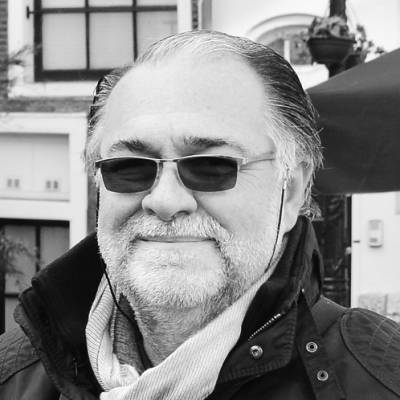
Dr. Giovanni Bartolozzi
IFAC-CNR, Office B170
g.bartolozzi(AT)ifac.cnr.it – 055/522 6373
Giovanni Bartolozzi, graduate in Chemistry (organic) at the University of Florence, is a researcher at the Institute of Applied Physics Nello Carrara of the National Research Council of Italy (IFAC-CNR), Florence. He has been involved from 1988 to 2009 in pharmaceutical and agrochemical drug discovery research. From 2009 to 2011 he collaborated to a project, with the chemistry department of the University of Florence, for the production of biodiesel from waste materials. From 2011 he has been working on identification and characterization of artists materials using both invasive and non-invasive spectroscopic techniques. Lately he has been involved in research projects dealing with fiber optic pH sensors and diagnostic investigations for the restoration of some stained glass windows of the Basilica of San Petronio in Bologna.
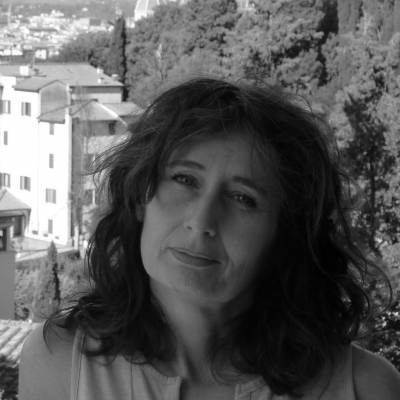
Dr. Costanza Cucci, PhD
IFAC-CNR, Office B172
c.cucci(at)ifac.cnr.it – 055/522 6405
Costanza Cucci graduated in Physics and got her PhD in Conservation Science from the University of Florence (Italy). She is permanent researcher at the Institute of Applied Physics “Nello Carrara” of the Italian National Research Council (IFAC-CNR) of Florence, where she has carried on her research activity since 2000 in different applicative areas of photonic and applied spectroscopy (cultural heritage, environmental monitoring, safety/quality controls in foods, optical sensors). Her current research interests are mainly in hyperspectral imaging with a focus on applications on Cultural Heritage; spectroscopic data-analysis and processing with a focus on multivariate/statistical techniques; museum lighting (monitoring, preventive conservation, and guidelines)
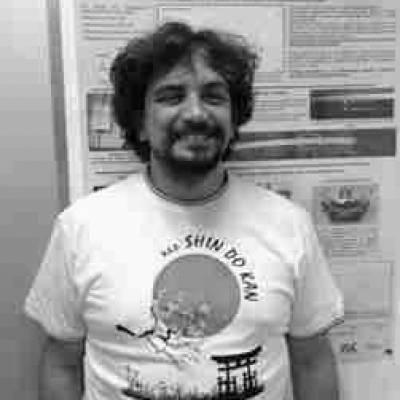
Dr. Francesco Grazzi, PhD
IFAC-CNR, Office B144
f.grazzi(AT)ifac.cnr.it – 055/522 5301
Francesco Grazzi works as Researcher at Consiglio Nazionale delle Ricerche, Istituto di Fisica Applicata “Nello Carrara” (CNR-IFAC) and at Istituto Nazionale di Fisica Nucleare (INFN) in Sesto Fiorentino (Italy). He mainly works in the development and application of neutron techniques to the non destructive characterization of metal artifacts of archeaological, historical and industrial interest. He is involved in several active collaborations with Museums and Cultural Heritage Institutions.
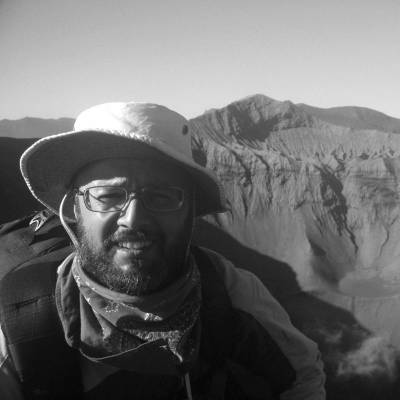
Dr. Moreno Comelli
IFAC-CNR, Office B246
m.comelli(at)ifac.cnr.it – 055/522 6387
ORCID: https://orcid.org/0000-0001-9776-0943
RESEARCHGATE: https://www.researchgate.net/profile/Moreno-Comelli
Moreno Comelli, graduated in physics from the University of Trieste, is a researcher at the Institute of Applied Physics “Nello Carrara” of the National Research Council of Italy (IFAC-CNR), Florence. He has dealt with various issues relating to human exposure to electromagnetic fields since 2004, through the creation of simulation software, participation in measurement and monitoring campaigns, the creation of visualization systems and dissemination of results.
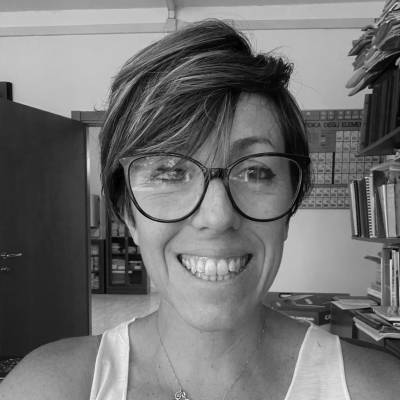
Cristina Fornacelli, PhD
IFAC-CNR, Office B170
c.fornacell(at)ifac.cnr.it
ORCID: https://orcid.org/0000-0002-3245-2365
RESEARCHGATE: https://www.researchgate.net/profile/Cristina-Fornacelli
Cristina Fornacelli, PhD in Earth Science at the University of Pisa and graduated in Conservation Sciences at the University of Florence, is research fellow at the Institute of Applied Physics “Nello Carrara” of the Italian National Research Council (IFAC-CNR) of Florence. She has been working on the investigation of archaeological and modern glass, ceramic and pigments via both traditional and non-invasive analytical techniques since 2011 and she is nowadays involved in the PURPLE project where she is working on the characterization of purple and illuminated manuscripts via non-invasive spectroscopic and imaging techniques.
TECHNICIANS
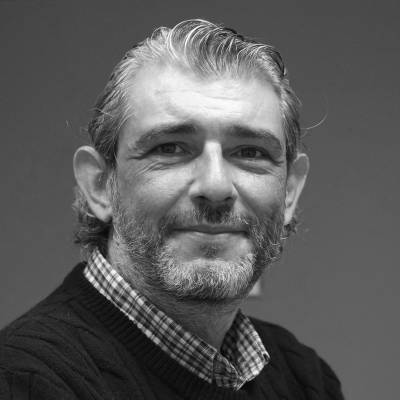
Mr. Massimo Baldi
IFAC-CNR, Office B031
m.baldi(AT)ifac.cnr.it – 055/522 6231
Graduated in electronics in 1986, he took 28 exams in electronic engineering at the University of Florence. He has worked at CNR-IFAC first as a collaborator since 2003 and as an employee since 2012 until now as electronical designer and laboratory technician. His activity has mainly dealt with the design, realisation and test of hardware (printed circuit board) and software for navigation and control of stratospheric balloons (in the field of space astrophysics) for several experiments and in the design, test and assembly of telemetric LIDAR for the continuous monitoring of urban aerosols in the surface layer. He also designed electronics to drive low-cost compact colorimeter and low noise power supply for radiometric instrumentation. His areas of interest concern the remote control of instrumentation through GSM/GPS modules, the design and programming of microcontroller boards (as PIC-MICROCHIP series 16F, 18F, 24F), the use of sensors (compasses, gyroscopes, accelerometers and barometers) that communicate with the I2C/SPI protocol, the use of optical sensors like photodiode, photodiode array and PSD (Position Sensitive Detector), the use of thermal sensors (PTC, NTC and thermopile). Also dealt with the development of data logger, conversion boards (AD and DA), lock-in systems, analog filters and resonant filters with gyrator. Currently he is concerned with the use of single-board computer as Raspberry or OLINUXINO for automation of the measuring instruments.
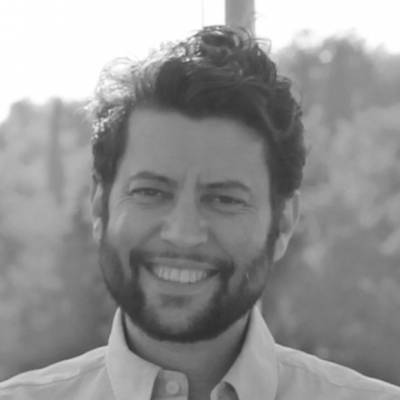
Arch. Filippo Cherubini
IFAC-CNR, Office B144
f.cherubini(AT)ifac.cnr.it – 055/522 6663
Filippo Cherubini is a technician at the Sabec Group. He holds a Bachelor of Science degree in Architecture and has completed two postgraduate courses at the University of Florence. He also earned a Ph.D. in Architecture, Design, Knowledge, and Conservation of Cultural Heritage, with a specialization in Structures and Restoration of Architecture and Cultural Heritage. His interests include environmental restoration and the study of architectural color.
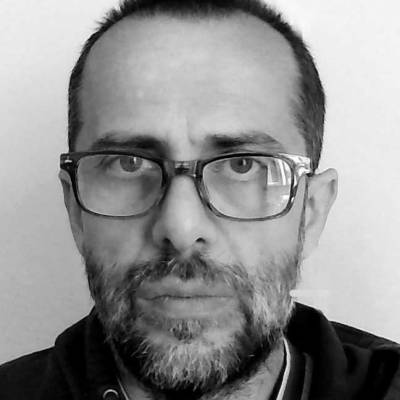
Mr. Lorenzo Stefani
IFAC-CNR, Office B231
l.stefani(AT)ifac.cnr.it – 055/522 6414
Graduated in telecommunications in 1987, he obtained a certificate of professional qualification of “Technician of microprocessor systems” in 1988. He was hired as a Technical Collaborator at the Institute of Research on Electromagnetic Waves of the National Research Council (IROE-CNR, today IFAC-CNR) in 1989. His main tasks are: software development in various languages (Assembly, C / C ++, Visual Basic, Fortran, HTML, PHP, JavaScript, Python), electronic design and implementation of aid for the disabled, design of interfaces for the control of scientific instrumentation, installation and configuration of operating systems and networking on computers and workstations of the research groups in which he is involved, collaboration in the drafting of technical specifications and testing commissions for digitization contracts of archival documents and artworks of some State Archives and Libraries. He takes part in the creation of hyperspectral imaging scanners developed at IFAC-CNR, designing and configuring the handling system and developing the acquisition control software and that for the subsequent calibration, processing and data extraction phases from hyperspectral cubes, following all the instrumentation developments; designs and partly implements some solutions for the use of hyperspectral data via web interface.
ASSOCIATED
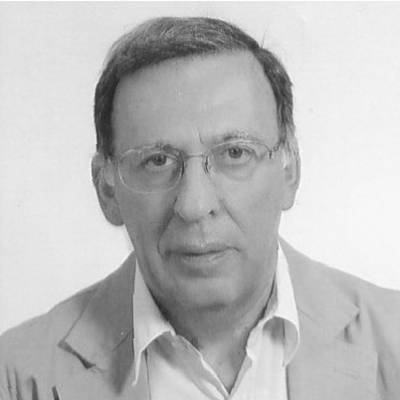
Dr. Mauro Bacci
IFAC-CNR, Office B170
m.bacci(AT)ifac.cnr.it – 055/522 6373
Head of Research at the Institute of Applied Physics of the Italian National Research Council (IFAC-CNR). Retired in February 2010, at the present he is Associate Researcher at IFAC-CNR, Sesto Fiorentino, Firenze (IT).
Mauro Bacci, graduated in Chemistry at the University of Florence, Italy, was head of research at the Institute of Applied Physics (IFAC-CNR) in Florence. At the present he is retired but continues his collaboration with IFAC-CNR. His scientific interests are in the areas of colour science, electronic and vibrational spectroscopy and the non-destructive spectroscopic investigations on works of art. He has worked closely with conservators on major projects involving Middle Ages, Renaissance and Modern art. He was the responsible scientist of IFAC-CNR in past EU collaborative projects (ERA, Lido, Cost D42, Popart).
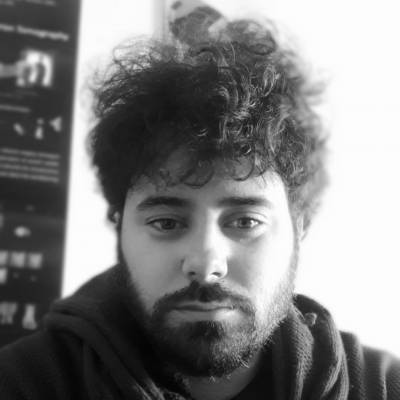
Mr. Francesco Cantini, PhD student
IFAC-CNR, Office B145
f.cantini(at)unifi.it – 055/522 6450
Francesco Cantini got his master’s degree in Conservation Science in 2017 and he is now a PhD student in Physics at the University of Florence (Italy); supervisors: F. Grazzi (CNR-IFAC), L. Giuntini (INFN-. From 2018 -2020 he worked as an external analyst for the Opificio delle Pietre Dure (OPD) Scientific Laboratory, (Florence, IT). His work and research activity are mainly focused on application and development of neutron techniques for the non-destructive characterization of metal artifacts of historical and artistic relevance. His activity, guided by Francesco Grazzi (CNR-IFAC), involves the collaboration with important museum and conservation institutes such as Rijksmuseum (Amsterdam, NL), Wallace Collection (London, UK), Uffizi Gallery (Florence, IT), Bargello National Museum (Florence, IT), Opificio delle Pietre Dure (Florence, IT).
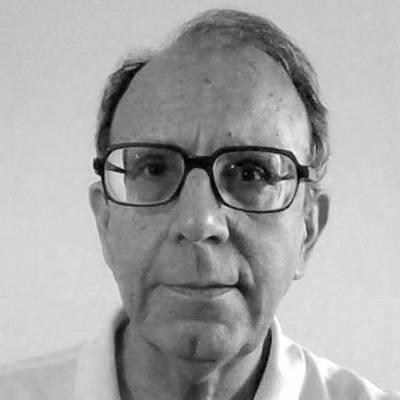
Dr. Andrea Casini
IFAC-CNR, Office B249
a.casini(AT)ifac.cnr.it – 055/522 6448
Andrea Casini, MSc graduated in Physics from the University of Florence on 1968, has worked extensively on the digital processing of both biomedical and non destructive testing images as a researcher at IFAC-CNR. Since 1990, he has been working on optical hyperspectral imaging equipment in the Cultural Heritage field, mainly on paintings, and on the processing of their data. After retirement, he maintains an external collaboration with IFAC-CNR.
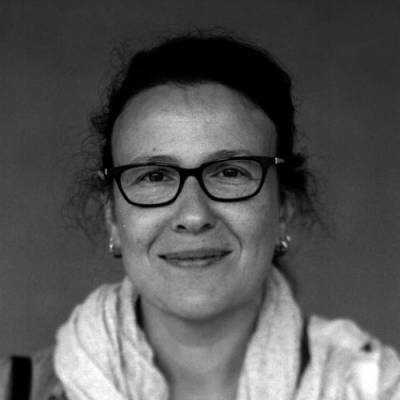
Dr. Barbara Cattaneo
Opificio delle Pietre dure
barbara.cattaneo(AT)beniculturali.it
Barbara Cattaneo is a paper, book and photograph conservator. She has been working for the Italian Ministry of Culture for 20 years, first at the National Central Library of Florence and now at Opificio delle Pietre Dure. She holds a Professional Diploma in Paper Conservation, a degree in Sciences of Cultural Heritage and she is completing a MS in Archive and Library Science. She has been Intern at George Eastman House, and among others she attended GCI courses in Prague and Budapest and Tobunken /ICCROM JPC in Tokyo. She is a teacher and a mentor for the central institutes dedicated to conservation and restoration (Opificio, ICPAL and ISCR), the University of Florence, the Kunsthistorisches Institute in Florence and Alinari Archive. She is a founder member of FOTONOMIA FIRENZE, a cultural association devoted to the dissemination of culture and practises of analogue photography. She has been adjunct researcher at IFAC CNR for the project “Photographic Memory” since 2019.
